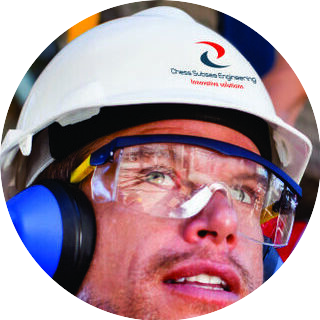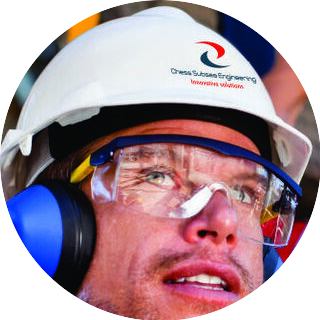-
AuthorPosts
-
February 14, 2020 at 9:10 am #4861

LucasParticipant***FIELD ARCHITECTURE: COMMINGLING OF PRODUCTION***
Commingling production is a good way to reduce the number of flowlines and save cost. Production from a group of individual wells may be commingled in a subsea production manifold situated near the wells. The commingled production may be delivered in a single flowline to the production facilities.
February 18, 2020 at 9:10 am #4862
LucasParticipant***FIELD ARCHITECTURE: SUBSEA TIE BACK DISTANCE: MAJOR CONSIDERATIONS***
Long tie-back distances impose limitations and technical considerations, however. The following are some of the main considerations:
I. Reservoir pressure must be sufficient to provide a high enough production rate over a long enough period to make the development commercially viable.
II. Flow assurance issues of hydrate formation, asphaltene formation, paraffin formation and high viscosity must be addressed.
III. Gel strength of the cold production fluids might be too great to be overcome by the natural pressure of the well after a prolonged shutdown.February 18, 2020 at 9:12 am #4863
LucasParticipant***FIELD ARCHITECTURE: COMMINGLING OF PRODUCTION***
When wells are commingled, the performance of the wells must be matched. Higher pressure wells must be individually choked so as to not impede the flow of weaker wells. If the expense can be justified, a HP and LP manifold can be provided with separate flowlines for each.
February 19, 2020 at 6:17 am #4902
LucasParticipant***FIELD ARCHITECTURE: WELL TESTING***
Good reservoir management requires individual wells to be periodically flow tested to measure their individual performance and production fluid characteristics. For dry tree production, a well testing manifold and test separator are usually provided as part of the production facilities. The flow from each well may be individually diverted through the test header to the test separator. The same can be done in the case of subsea wells.
February 20, 2020 at 9:37 am #4939
LucasParticipant***FIELD ARCHITECTURE: WELL TESTING***
For satellite wells with individual flowlines tied back to the production platform, it is often simply a matter of connecting the well flowlines to the well test manifold. A well test heater may be needed ahead of the separator that otherwise might not be necessary in the case of dry tree production.
March 5, 2020 at 7:55 am #5198
KelvinKeymaster***FIELD ARCHITECTURE: WELL TESTING***
For satellite wells with individual flowlines tied back to the production platform, it is often simply a matter of connecting the well flowlines to the well test manifold. A well test heater may be needed ahead of the separator that otherwise might not be necessary in the case of dry tree production.
-
AuthorPosts
- You must be logged in to reply to this topic.






